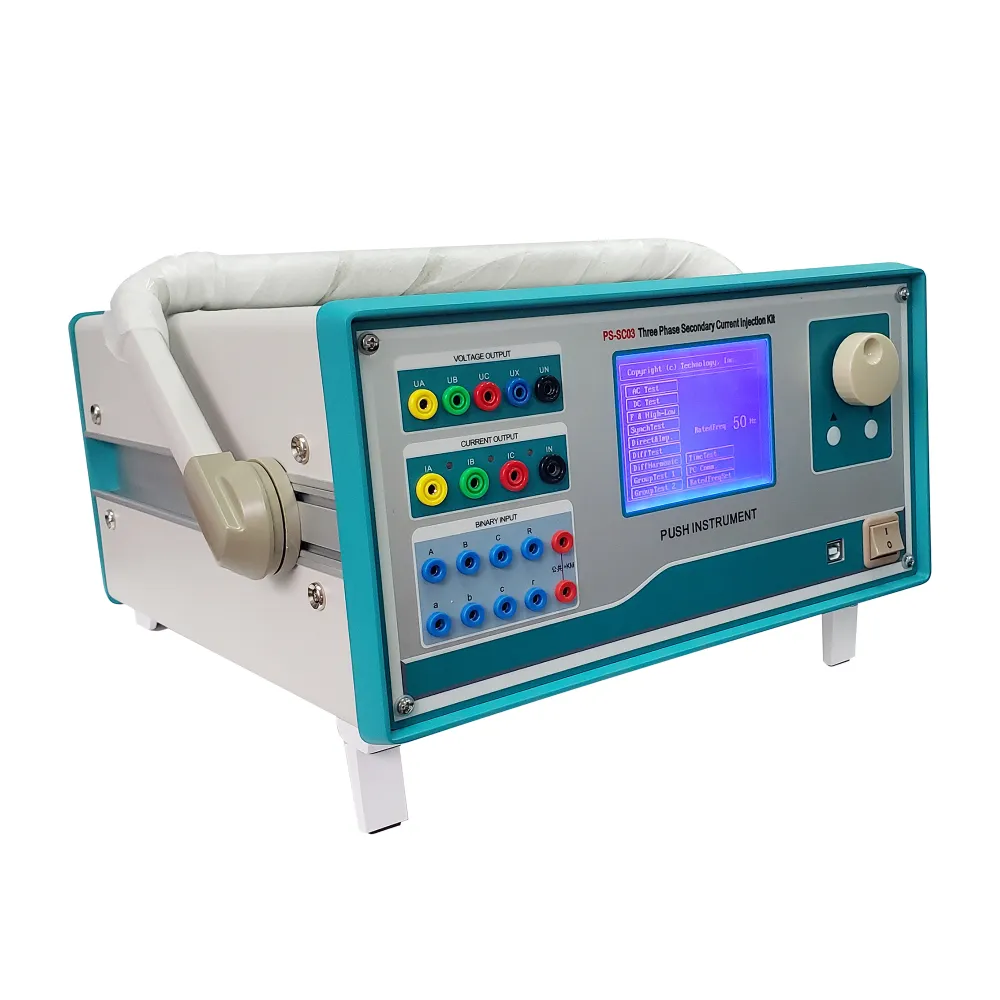 English
English



-
 Afrikaans
Afrikaans -
 Albanian
Albanian -
 Amharic
Amharic -
 Arabic
Arabic -
 Armenian
Armenian -
 Azerbaijani
Azerbaijani -
 Basque
Basque -
 Belarusian
Belarusian -
 Bengali
Bengali -
 Bosnian
Bosnian -
 Bulgarian
Bulgarian -
 Catalan
Catalan -
 Cebuano
Cebuano -
 China
China -
 China (Taiwan)
China (Taiwan) -
 Corsican
Corsican -
 Croatian
Croatian -
 Czech
Czech -
 Danish
Danish -
 Dutch
Dutch -
 English
English -
 Esperanto
Esperanto -
 Estonian
Estonian -
 Finnish
Finnish -
 French
French -
 Frisian
Frisian -
 Galician
Galician -
 Georgian
Georgian -
 German
German -
 Greek
Greek -
 Gujarati
Gujarati -
 Haitian Creole
Haitian Creole -
 hausa
hausa -
 hawaiian
hawaiian -
 Hebrew
Hebrew -
 Hindi
Hindi -
 Miao
Miao -
 Hungarian
Hungarian -
 Icelandic
Icelandic -
 igbo
igbo -
 Indonesian
Indonesian -
 irish
irish -
 Italian
Italian -
 Japanese
Japanese -
 Javanese
Javanese -
 Kannada
Kannada -
 kazakh
kazakh -
 Khmer
Khmer -
 Rwandese
Rwandese -
 Korean
Korean -
 Kurdish
Kurdish -
 Kyrgyz
Kyrgyz -
 Lao
Lao -
 Latin
Latin -
 Latvian
Latvian -
 Lithuanian
Lithuanian -
 Luxembourgish
Luxembourgish -
 Macedonian
Macedonian -
 Malgashi
Malgashi -
 Malay
Malay -
 Malayalam
Malayalam -
 Maltese
Maltese -
 Maori
Maori -
 Marathi
Marathi -
 Mongolian
Mongolian -
 Myanmar
Myanmar -
 Nepali
Nepali -
 Norwegian
Norwegian -
 Norwegian
Norwegian -
 Occitan
Occitan -
 Pashto
Pashto -
 Persian
Persian -
 Polish
Polish -
 Portuguese
Portuguese -
 Punjabi
Punjabi -
 Romanian
Romanian -
 Russian
Russian -
 Samoan
Samoan -
 Scottish Gaelic
Scottish Gaelic -
 Serbian
Serbian -
 Sesotho
Sesotho -
 Shona
Shona -
 Sindhi
Sindhi -
 Sinhala
Sinhala -
 Slovak
Slovak -
 Slovenian
Slovenian -
 Somali
Somali -
 Spanish
Spanish -
 Sundanese
Sundanese -
 Swahili
Swahili -
 Swedish
Swedish -
 Tagalog
Tagalog -
 Tajik
Tajik -
 Tamil
Tamil -
 Tatar
Tatar -
 Telugu
Telugu -
 Thai
Thai -
 Turkish
Turkish -
 Turkmen
Turkmen -
 Ukrainian
Ukrainian -
 Urdu
Urdu -
 Uighur
Uighur -
 Uzbek
Uzbek -
 Vietnamese
Vietnamese -
 Welsh
Welsh -
 Bantu
Bantu -
 Yiddish
Yiddish -
 Yoruba
Yoruba -
 Zulu
Zulu
Exploring Check Transformer for Enhanced Data Processing Techniques
Understanding the Check Transformer Enhancing Data Processing in Modern Systems
In the era of digital transformations, the need for robust data processing architectures has never been more crucial. Among the innovative solutions designed to address this necessity is the Check Transformer. This model has emerged as a powerful tool in the field of natural language processing (NLP), revolutionizing how we handle, transform, and validate data.
At its core, the Check Transformer builds upon the foundational principles of the original Transformer architecture, which was introduced by Vaswani et al. in 2017. The original model's attention mechanism allowed for the parallel processing of data, significantly improving the efficiency and accuracy of machine translation tasks. However, the addition of the Check component takes this a step further by incorporating validation checks throughout the transformation process, ensuring not only that the data is processed correctly but also that it adheres to specified quality standards.
Understanding the Check Transformer Enhancing Data Processing in Modern Systems
One of the critical advantages of the Check Transformer is its ability to enhance data integrity. In many applications, especially those involving sensitive information, maintaining data quality is paramount. The validation checks can identify anomalies such as outliers, duplicates, or inconsistencies in input data, allowing for corrective measures before the data undergoes further processing. This preemptive approach not only saves time but also resources by reducing the likelihood of costly errors later.
check transformer

Moreover, the Check Transformer is particularly advantageous in the context of large-scale deployments. As businesses increasingly rely on automated systems for data-driven decision-making, the volume of data requiring processing can be overwhelming. The integration of validation checks ensures that only high-quality data enters the system, enabling organizations to make informed decisions based on reliable inputs. This is especially relevant in sectors such as finance, healthcare, and e-commerce, where the implications of poor data quality can have significant repercussions.
The adaptability of the Check Transformer also warrants mention. Organizations can customize their validation checks based on specific requirements, creating a flexible framework that can evolve with changing data landscapes. As new types of data and emerging use cases develop, businesses can adjust their validation mechanisms accordingly, ensuring that the Check Transformer remains relevant and effective.
However, it is essential to note that, like any technology, the Check Transformer is not without limitations. The effectiveness of its validation checks relies heavily on the quality of the rules or models employed. There is also the potential for increased computational overhead due to the additional layer of processing. Therefore, organizations must carefully assess their specific needs and resources before implementing this solution.
In conclusion, the Check Transformer represents a significant advancement in data transformation processes, offering enhanced data integrity and reliability through integrated validation mechanisms. As organizations continue to navigate the complexities of data management, leveraging such innovative architectures can lead to improved outcomes, ensuring that quality data fuels decision-making in an increasingly data-driven world. The future of data processing hinges on adopting sophisticated models like the Check Transformer, which not only transform data but also validate its accuracy and relevance, setting a new standard in the realm of information technology.
-
Testing Equipment Industry Sees Major Advancements in 2025: Smart & Precision Technologies Lead the WayNewsJun.06,2025
-
Applications of Direct Current Generators in Renewable Energy SystemsNewsJun.05,2025
-
Hipot Tester Calibration and Accuracy GuidelinesNewsJun.05,2025
-
Digital Circuit Breaker Analyzer Features and BenefitsNewsJun.05,2025
-
Benefits of Real-Time Power Quality Monitoring Devices for Industrial EfficiencyNewsJun.05,2025
-
Earth Fault Loop Testing in High-Rise Building Electrical SystemsNewsJun.05,2025



